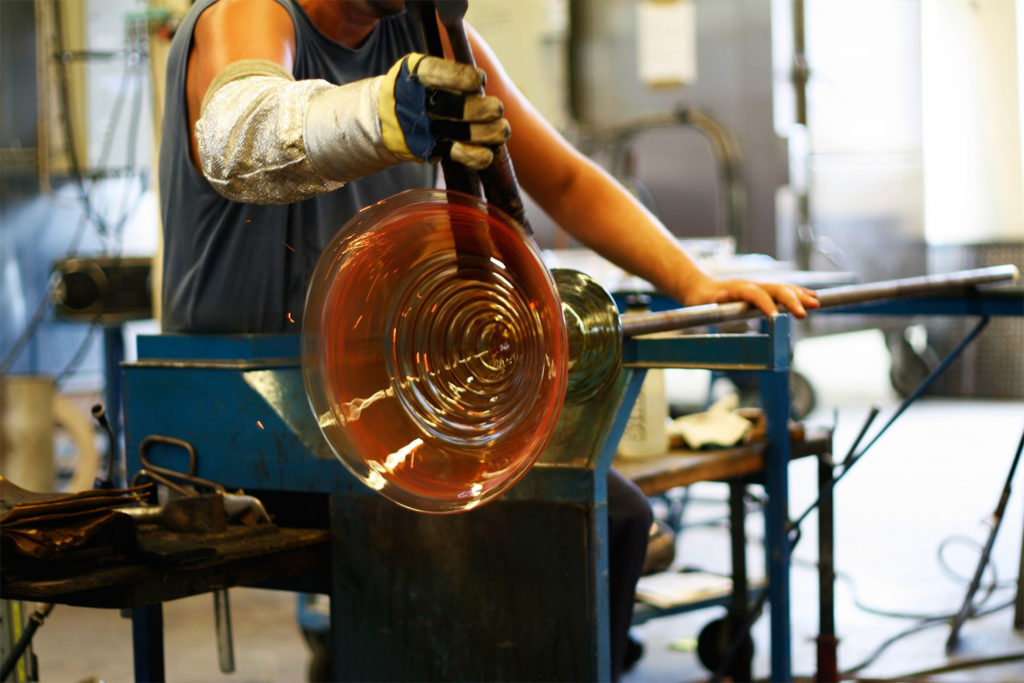Traditions and authenticity - key concepts for marketing Småland glass

Foto: Alexei Novikov | Dreamstime.com
What characterizes the unique properties of Glasriket (the Kingdom of Crystal) and how is this used to market genuine crafts, to an increasingly demanding target group that is constantly challenged by a flow of different messages? Songming Feng at Jönköping International Business School takes a closer look at that in his dissertation.

Songming Feng
Songming Feng successfully defended his doctoral thesis, Craft production in the Kingdom of Crystal (Glasriket) and its visual representation: Constructing authenticity in cultural/marketing production, at Jönköping International Business School, June 17.
This dissertation looks at which strategies are used for creating and defining authenticity and how these strategies shape our understanding of what is authentic. And it find out how brands and marketers create and develop images of authenticity.
The purpose of the dissertation is to investigate how authenticity of market offerings is constructed in two cultural/marketing production sites - the craft production of glass objects and commercial photographers’ image production as visual representation of the former - to understand the mechanisms behind the authentication of market offerings and the paradoxes within the construction work.
The dissertation finds that the glass producers in Glasriket substantively construct five categories of authenticity (technique, material, geographical, temporal, and original) of market offerings via craft production and that commercial photographers communicate and authenticate the craft production world via their image-making practices, which are dimensionalized into a typology consisting of five categories of practice: reproducing, documenting, participating, estheticizing, and indexing.
Illuminating the two-step micro process of cultural/marketing production—the concurrent practices of the product makers and the promoters, the dissertation theorizes about how authenticity operates vis-à-vis two types of production (substantive product making and communicative image making), yielding a number of contributions to authenticity scholarship and the literature on cultural/marketing production.
It provides managerial implications for marketers/producers in Glasriket regarding how they can leverage cultural resources to conduct retro marketing as well as suggestions for marketers beyond this context about visual marketing and authenticity-based marketing.
